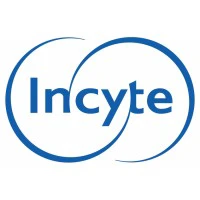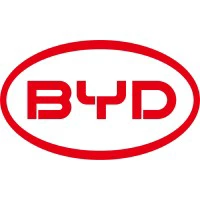McDonald's (NYSE: MCD) has made an unexpected move by discontinuing its artificial intelligence (AI) -powered voice ordering technology provided by International Business Machines (NYSE: IBM). The fast-food behemoth plans to introduce a different solution by year's end. This pivot opens intriguing possibilities for SoundHound AI (NASDAQ: SOUN), known for its successful voice-powered AI implementations in the restaurant industry. Let’s delve into what this could mean for investors eyeing SoundHound's stock.
Potential Shifts at McDonald’s
McDonald's decision to terminate its two-year partnership with IBM over automated order-taking technology is surprising, especially since the technology was acquired by IBM from McDonald's itself in 2021. Initially, McDonald's purchased the AI voice startup, Apprente, in 2019 and created a subsidiary called McD Tech Labs, which was eventually sold to IBM. The trial was conducted across 100+ venues, but the plug will be pulled by July 26 this year.
When initially deployed, McDonald's claimed the technology achieved an 85% accuracy rate and managed 80% of orders. However, social media highlighted some of its spectacular failures, such as adding unwanted ketchup packets and butter to random orders. Despite being satisfied with the trial outcomes, McDonald's Chief Restaurant Officer, Mason Smoot, mentioned the corporation sees "an opportunity to explore voice ordering solutions more broadly."
SoundHound’s Golden Opportunity?
SoundHound AI seems like a sound candidate to replace IBM, largely due to its strong foothold in the restaurant sphere. Its AI-driven drive-thru voice ordering technology has been increasingly adopted, complemented by features like the Smart Ordering platform and Employee Assist solution, which can guide staff on matters like cleaning an ice cream machine.
SoundHound has already secured deals with several significant quick-service restaurant (QSR) chains such as White Castle, Jersey Mike's, Five Guys, Noodles & Company, and Chipotle Mexican Grill. The company also collaborates with restaurant fintech firms including Toast, Olo, and Square. So, SoundHound is a viable contender, albeit not the sole option in McDonald's sight.
Several QSRs, including Wendy’s, have been testing similar technologies. Wendy's has employed Alphabet's (NASDAQ: GOOGL) Google Cloud for its Fresh AI platform. Additionally, companies like Del Taco, which is under Jack in the Box (NASDAQ: JACK), use AI solutions from firms such as Presto Automation, Hi Auto tech, OpenCity, and Valyant AI. McDonald's has even inked a generative AI deal with Google Cloud, which may tilt the odds in Alphabet's favor.
However, since AI for voice tech isn't Google's primary focus, SoundHound's specialized solution could still triumph over its competitors.
Is Now the Time to Buy SoundHound Stock?
Despite SoundHound not being the top contender for the McDonald's deal, if it wins, it would cement its reputation as an industry leader, potentially causing its stock to soar. The fact that McDonald's is not rushing into an agreement plays into SoundHound's favor, allowing it to showcase its technology effectively.
However, investors should note that SoundHound’s stock is trading at quite a premium with a forward price-to-sales (P/S) multiple of over 20. The company has been expanding its revenue rapidly and has accumulated a substantial backlog of business. A potential catalyst, like securing a deal with McDonald's, could provide significant upward momentum for the stock.
While SoundHound displays immense promise, it remains a speculative play due to its current early growth stage and valuation. Therefore, investments in this burgeoning tech stock should be judiciously measured to account for associated risks.


 MCD
MCD
 IBM
IBM
 GOOGL
GOOGL
 JACK
JACK








